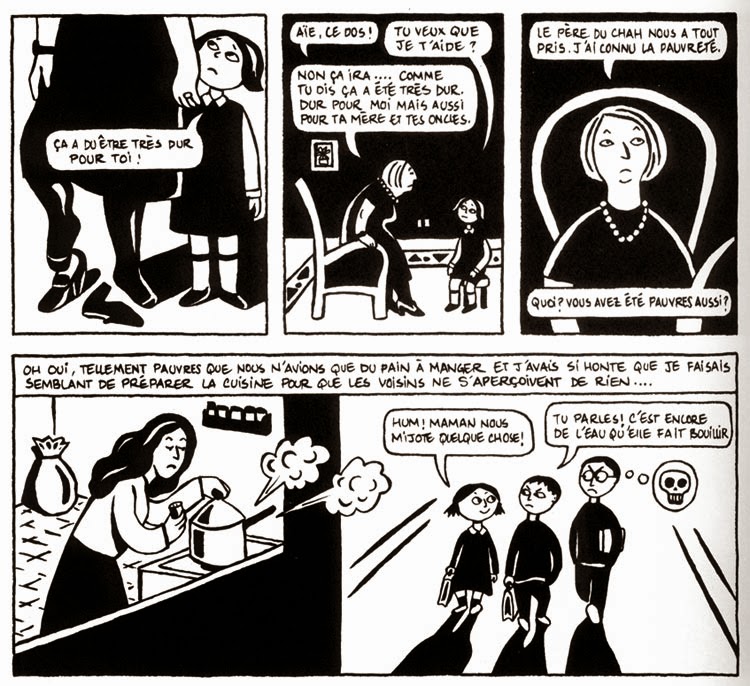One such example of a successful twenty first century comic is Scott Pilgrim, created by Brian Lee O'Malley.
Scott Pilgrim is a comic that is heavily influenced by Canadian rock, shonen manga, and video-game style combat. It nearly screams modern. The story is centered around the namesake protagonist, a young adult canadian slacker basist named Scott Pilgrim, and his exploits to protect the love of his life, Ramona Flowers, from a long line of violent kick-boxing ex-boyfriends. In spite of the odd themes, at its very center Scott Pilgrim is a day-in-the-life story, about learning what it means to love, be selfless, and "get a life," making it one of the strongest, warmest, if unconventional comic series of its time.
Collectable comics are still a commodity, yes, but there are also a rising number of digital illustrators, web designers, and online graphic artists who have been distributing their comics on the internet. With the help of the internet's massive, almost infinite range of distributional properties, advertising capabilities, and so on, the possibilities of getting a freelance comic noticed, purchased, and distributed is as endless as the internet is vast. They are normally referred to as "webcomics".
One such webcomic, which also includes multimedia illustration, graphics, and even short animations, is When I am King, but "Demian5". If there was ever an example of a comic breaking away from the norm of comics entirely, it would be this one, as explained by Technonnult:
"WIAK reads like a textbook example from Scott McCloud’s Reinventing Comics. The whole comic was created and published electronically — Demian didn’t take any notes or do any sketches on paper. He used mostly Adobe programs Photoshop, Illustrator and ImageReady to draw the comic and create animation. He freed himself of the restrictions imposed by printed page dimensions and used the web’s “infinite canvas” to convey a sense of space. The reader mostly scrolls left to right, following the characters activity along the landscape, but in a few scenes the reader scrolls down, following falling characters. Animation is used to highlight emotions and convey a sense of motion rather than as a storytelling tool. In fact, WIAK deals more with emotions and experimentation than plot. The story in WIAK is only background — what’s really important is what the characters are feeling and how it’s expressed to the audience." - Technoccult


























